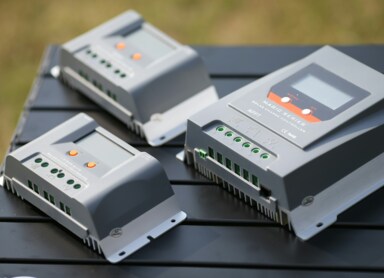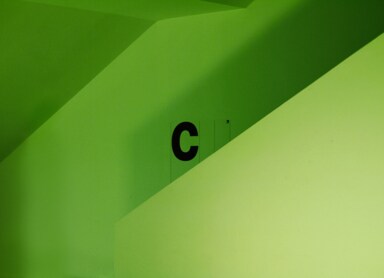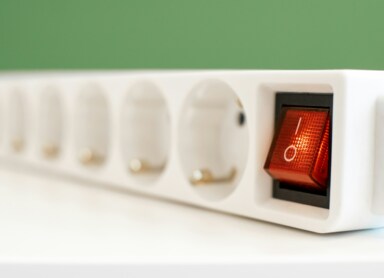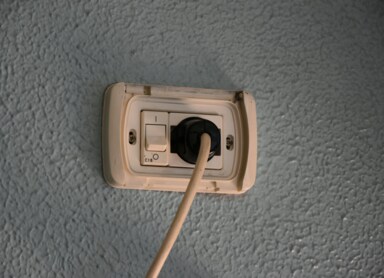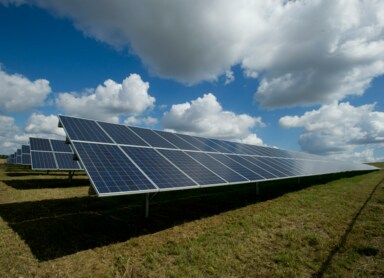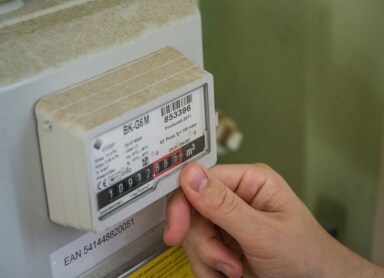How does a smart electricity meter work and what does it look like?
A traditional electricity reading requires a meter reader to visit a home or business. This person checks the readings on the electricity meter, and based on that data, forecasts and bills for electricity consumption are calculated. At Energy Consumption Points, smart electricity meters are becoming increasingly common, making the entire reading process easier and more accurate. Read on to learn how a smart electricity meter works.
What does a smart electricity meter look like, and what makes it different?
Smart electricity meters (also known as smart power meters or smart energy meters) don’t look much different from traditional electricity meters at first glance, except that they appear slightly more modern. The key difference is that smart meters can communicate directly with the electricity provider. As a result, there’s no need to send an employee to physically visit the Energy Consumption Point — the readings are taken automatically. This makes billing more accurate and reduces the risk of errors.
Electricity operators are gradually replacing old meters with new ones, and it’s expected that by 2030, all (or nearly all) users will have them installed. Importantly, the replacement is completely free of charge, as the meter is the property of the energy company — the supplier is responsible for maintaining and upgrading the energy infrastructure.
Just like traditional meters, smart meters come in two versions:
- Single-phase – designed for small home installations, using three-core cables and operating at 240 V.
- Three-phase – required when high-power devices are connected to the network; this system uses 400 V and five-core cables.
Smart meters are used in both residential and commercial properties. They make life easier for owners and tenants alike, as there’s no need for the current users of an Energy Consumption Point to be involved in readings. The technology is fully automatic, requiring only occasional inspections or rare maintenance.
Interestingly, some smart meters are available in prepaid versions. This means that to use electricity, the user must top up their meter — similar to prepaid mobile phone services. Once the balance runs out, power is automatically disconnected. It’s a convenient solution for people who want to precisely control their electricity costs.
How does a smart electricity meter work – technology, functions, and features
Smart electricity meters monitor energy consumption at regular intervals — typically every hour or even every few minutes — and automatically send this data to the Distribution System Operator (DSO). Some can also integrate with smart home systems, controlling devices such as air conditioning or lighting.
The main benefits of switching to a smart meter include:
- Real-time energy monitoring – users are billed only for actual consumption, not estimated forecasts.
- Automatic data transmission – consumption data is sent automatically to the DSO, reducing billing times, streamlining the process, and eliminating potential human error.
- Detection of failures and electricity theft – the system can identify irregularities or unauthorized use and alert the operator.
Additionally, smart meters can detect attempts to tamper with the device or its software, preventing issues such as “seal breaking,” which was common with older systems.
How to read energy usage from a smart meter
In systems using smart meters, readings are taken automatically — there’s no need to schedule visits or manually report readings. Users can still check their current consumption manually using buttons on the meter to scroll through the digital display.
The data stored in the meter is encoded using the OBIS system. Depending on the electricity tariff, different codes apply:
- 15.8.1 for single-zone meters,
- 15.8.1 and 15.8.2 for two-zone meters,
- 15.8.1, 15.8.2, and 15.8.3 for three-zone meters.
Modern bidirectional meters, used in photovoltaic (solar) systems, communicate with the inverter and often display key data directly in a mobile app, including panel efficiency and energy production. This functionality is now offered by nearly every inverter manufacturer.
Smart meters and security – can they prevent electricity theft?
Electricity theft usually involves connecting to another user’s network or tampering with meter readings to avoid payment. It is a criminal offense punishable by up to 5 years in prison (or fines and up to 1 year for minor offenses).
Installing a smart meter can often prevent such illegal activity. Built-in algorithms and specially designed coils can detect irregular usage patterns. If the system detects a sudden surge in consumption, it can automatically cut off power — triggering an anti-theft function.
Most devices also include sensors that detect tampering attempts, such as a Hall sensor, which monitors electromagnetic field changes. Data sent wirelessly to the operator is encrypted to ensure security.
Smart electricity meters for solar power systems – what to know
A traditional electricity meter sends data only one way — from the Energy Consumption Point to the DSO. However, when a user installs a power source like solar panels, the single-direction meter must be replaced with a bidirectional one. This type of meter exchanges two sets of data with the energy supplier:
- Electricity drawn from the grid, and
- Electricity fed back into the grid.
With a well-optimized solar installation, the energy drawn and the energy supplied may nearly balance out — especially if the system includes an energy storage battery.
By monitoring the readings from a bidirectional meter, you can better manage your solar system and increase self-consumption. If too much power is being exported to the grid, you can adjust usage to minimize losses from operator fees or unfavorable sell-back rates.
Smart meters – a step toward a greener future
Smart electricity meters are an essential step toward a cleaner, greener energy future. Combined with solar panels, heat pumps, and other renewable energy systems, they create a convenient and efficient way to reduce dependence on conventional power sources and rely more on renewables.
If you want to start adopting sustainable technologies, REO offers a full range of solutions — including PPA contracts, favorable electricity supplier changes, peer-to-peer energy trading platforms, professional energy balancing, and more. Discover what we can do for you!

